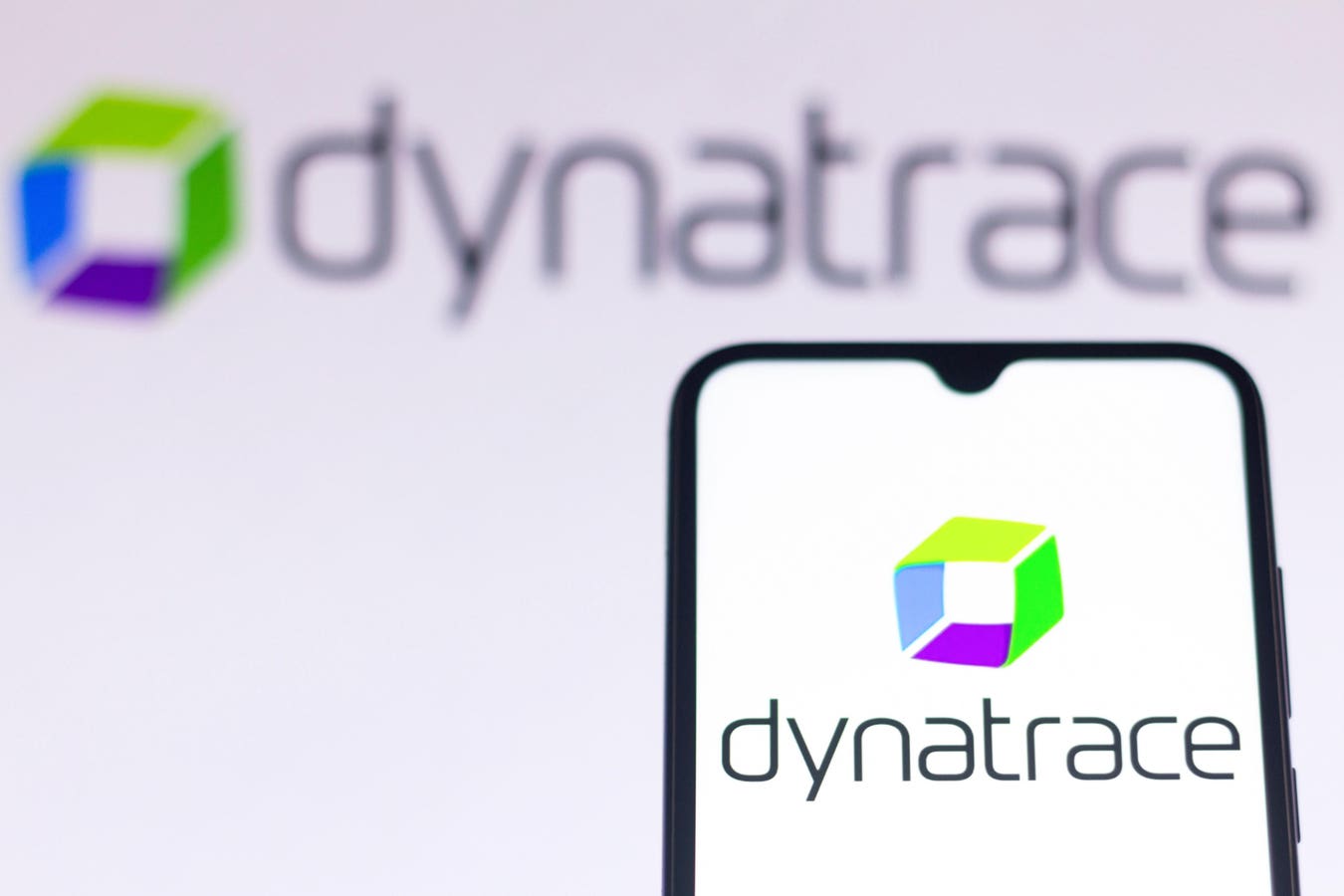Dynatrace recently announced its new Kubernetes Experience for Platform Engineering at last week’s KubeCon event in Chicago. Dynatrace built the new solution in response to the growing need for organizations to manage and monitor their Kubernetes-based containerized environments more efficiently.
The modern cloud-native landscape has seen a surge in the adoption of Kubernetes as a container orchestration platform. However, this adoption has introduced new visibility, resource utilization, security, and collaboration challenges.
Kubernetes Experience for Platform Engineering
Dynatrace’s Kubernetes Experience for Platform Engineering is designed to streamline the management and monitoring of Kubernetes environments, promote collaboration between teams, and provide observability and security features to ensure the reliability and performance of containerized applications.
The key features of Dynatrace’s new Kubernetes Experience for Platform Engineering include:
- Centralized Kubernetes Management Console: The new solution provides a centralized view of Kubernetes clusters, allowing platform engineers to monitor, manage, and analyze telemetry data from different layers of the Kubernetes stack. This centralized console serves as a single source of truth for observability insights, including resource consumption, performance management, and node health.
- Observability and Security: Dynatrace offers enhanced observability and security features, enabling platform engineers to gain deep insights into cluster health, resource utilization, security vulnerabilities, and the performance of applications deployed on Kubernetes-centric platforms. It provides real-time tracking, alerting, and proactive monitoring using its powerful Davis AI engine.
- Monitoring-as-Code: Dynatrace supports the “monitoring-as-code” concept, allowing platform engineers to configure Kubernetes clusters with observability and security settings as code. This approach simplifies configuration management and ensures monitoring is integrated into the infrastructure provisioning process.
- Self-Service Environments: Platform engineers can enable application observability features using a simple toggle in the Dynatrace web UI, empowering DevOps teams to manage their application observability requirements independently. This reduces the burden on platform engineers and promotes a self-service approach.
- Unified Collaboration: The new solution encourages collaboration between DevOps and platform engineering teams by providing a unified view of resource utilization and application performance data. Both teams can access the same data, fostering collaboration and breaking down silos.
- GitOps Integration: Dynatrace supports GitOps practices, allowing platform engineers to define observability configurations and access permissions as code. This approach aligns with modern software development and operations practices, enhancing automation and efficiency.
This solution aims to centralize and standardize Kubernetes management, enhance developer experience through self-service capabilities, and automate provisioning processes through GitOps practices.
Dynatrace’s Kubernetes Experience enables organizations to unlock DevSecOps at scale, improve productivity, and accelerate application delivery while ensuring observability and cost optimization by simplifying the management and monitoring of Kubernetes clusters.
Dynatrace offers a consumption-based pricing model for Kubernetes monitoring based on pods. This pricing model eliminates unexpected overage fees and allows organizations to pay only for the monitored workloads, not the underlying hosts.
This approach to pricing provides a more predictable and transparent pricing structure, eliminating unexpected overage fees and allowing businesses to scale their Kubernetes monitoring with their specific needs.
Analyst’s Take
Platform engineering has seen remarkable growth and transformation, driven by the evolving demands of modern, containerized IT infrastructures. As organizations increasingly embrace cloud-native architectures and container orchestration technologies like Kubernetes, the need for streamlined, efficient platform management and monitoring has become paramount.
Platform engineering teams have emerged as critical internal providers of reusable services, components, and tools, enabling DevSecOps teams to develop and deploy high-quality applications with greater speed and reliability. This shift from the traditional “You build it, you run it” model to more centralized and standardized platform services has revolutionized software development practices.
Dynatrace takes a more directed approach than its competition in helping Kubernetes platform engineering teams. While Datadog, Dynatrace’s closest competitor, provides robust monitoring of Kubernetes clusters, its solution doesn’t offer a rich and targeted platform engineering experience. The same is true of Splunk, which has a collection of Kubernetes-focused capabilities but doesn’t expose them with the level of unification that Dynatrace delivers with its new solution.
In this era of platform-centric engineering, Dynatrace’s Kubernetes Experience for Platform Engineering plays a pivotal role in simplifying Kubernetes management, fostering collaboration, and delivering comprehensive observability and security features. It’s a nice extension of Dynatrace’s portfolio, allowing the company to better address the needs of modern cloud-native development and platform engineering.
Disclosure: Steve McDowell is an industry analyst, and NAND Research an industry analyst firm, that engages in, or has engaged in, research, analysis, and advisory services with many technology companies, which may include those mentioned in this article. Mr. McDowell does not hold any equity positions with any company mentioned in this article.
Read the full article here





